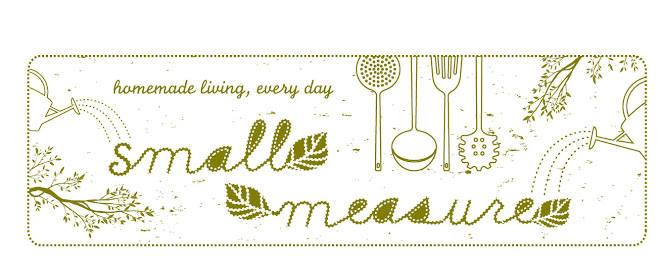



Here's her post:
"Ice tea is one my favorite summer time beverages. On a hot day, there is nothing as thirst quenching as a tall glass of pineapple flavored iced tea. Oddly enough, my plants agree with me that tea is one of their favorite beverages too. How do I know? Whenever, I brew up a batch of compost tea and water them with it, they grow exponentially. I started out with a control group of plants that didn’t get the compost tea as a point of comparison. Eventually, I took pity on this group and one by one they got hooked on the delicious beverage. There is only one remaining anemic plant from my group of test plants.
This is my first year using compost tea and I quickly became a convert. It’s not a difficult process so I usually have a 5 gallon bucket of tea percolating daily. I alternate between my two vegetable beds and every other day they get a drink when it isn’t raining. With the recent ecoli outbreak in Europe, compost tea is one of the safest ways to add nutrients to soil instead of using animal manure. Rather than worrying about whether or not the manure has aged enough to be safe on root crops, or if it will splash on fruiting crops I’ve found that compost tea is a way to take the worry out of soil enhancement and organic nutritional supplements.
At its most basic, compost tea is made by soaking the compost in non-chlorinated water for twenty four hours to encourage the growth of bacteria, fungi, protozoa and beneficial microbes that will feed the plant either through the leaves or the root system. The tea can be either sprayed on the plants as a foliar spray or used to water the plants. If you soak the compost longer than 24 hours, you risk the microbes dying before they get to the plant so it’s important to use it as soon as it is ready.
The Four Step Process
1. Fill a large bucket with water (water temperature doesn’t matter). If you don’t have well water, then let the water sit for 24 hours prior to adding the compost to let the chlorine evaporate out of the treated water. Depending upon the size of your garden you may want to use something larger than a five gallon bucket, which is what I use for my two modest veg beds.
2. To encourage the microbe development, I add two tbsps of tea catalyst to the water and stir to dissolve it. This is not a mandatory step, but it does accelerate the development of the microbes.
3. An air pump, the kind that is typically used in an aquarium, with two air stones attached to the end of the pump tubing, are used to circulate the bucket water. The air stones are placed on the bottom of the bucket. The whole set up must be located near an electrical outlet because the pump will need to be higher than the bucket so that water doesn’t get sucked back into the pump and break it. The pump speeds up the process by circulating the water and organisms.
4. To make the tea, I use either worm castings or arctic humus. I usually run out of humus quickly, but worm castings I can dig out of the vermicompost bin in my basement. If you don’t have a worm bin, check with your local garden shop for bags of worm castings. Next put the compost in a mesh bag and hang that over the edges of the bucket. Stirring the compost every now and then helps distribute the organisms, rather than letting them get stuck in the compost.
In 24 hours, you can pour the tea into a watering can or use it as a foliar spray. Your plants will show their appreciation by being bountiful."
Thank you, Indio, for a lovely and informative post! If you've got something you think small measure readers would like to hear about, send me an e-mail and we'll chat!

LOVE this post! I am going to do this for sure. Do you think rain barrel water counts as "untreated"?
ReplyDeleteI think my rain barrel is naturally making its own compost tea due to the particle of stuff that have managed to get through the filter.. The water smells like fish tank and looks slightly brownish yellow.
ReplyDeleteInteresting. But is there a simpler way that doesn't use the plastic and electricity of a pump?
ReplyDelete